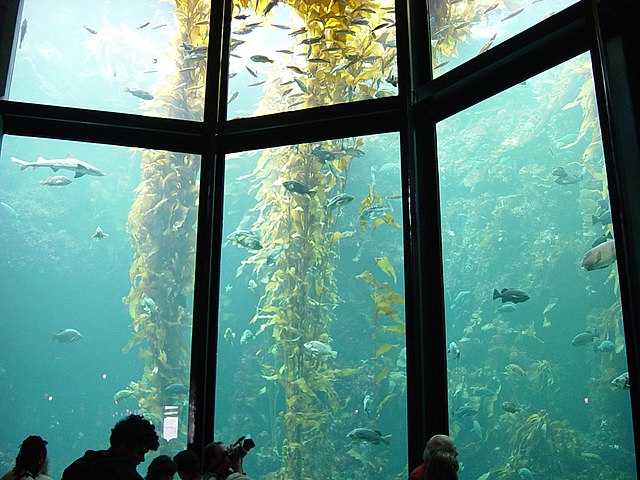
Are plexiglass and fiberglass actually glass? Plexiglass is a type of plastic and not real glass, but fiberglass has glass fibers in it.
Let’s look at plexiglass first. Plexiglass is a registered trademark because it is the name of a product. It was originally written in all capitals as PLEXIGLASS®. It was invented by a German chemist called Otto Rohm in 1933. They ended up creating a safety glass for car windows. The automobile was becoming more popular, but the glass used in the windscreen and the windows was real glass. In any accident, that glass would shatter and the flying shards of very sharp glass could be lethal. Rohm was trying to create a synthetic rubber and he and the company he worked for ended up making several different acrylics. They ended up working on polymethyl methacrylate (PMMA), which was a hard and transparent material. The story goes that they had a bottle of liquid PMMA by a window and the sunlight caused the liquid to undergo polymerization, which is where the molecules join together in chains. The bottle shattered, but a bottle shaped lump of transparent PMMA was left. They realized they could use this process to produce safety glass and they called it PLEXIGLAS. It’s not really glass. They called it glass because it looks like glass and they want toed to use it in car windows to replace the glass.
Plexiglass is very cheap and easy to make, It is also incredibly strong. Airplane windows are made of plexiglass because they can withstand far more pressure than glass. The equivalent strength of glass would have to be very thick and would add a lot of weight to the plane. Plexiglass is also very strong when it is impacted. Glass will shatter if it is hit by a blunt object, but plexiglass can spread the stress out and stay intact. It can do this because it is far more flexible than glass. Glass can only stretch so far before its integrity is broken but plexiglass has far more give. Plexiglass is also much easier to work with than real glass and, if polished, it is even clearer than glass. Glass transmits 80 to 90% of light, while plexiglass can transmit 92%.
So, what about fiberglass? Fiberglass is not transparent and cannot be used to replace windows. It is an entirely different product. Fiberglass is made from very fine fibers of glass that are woven into a fabric, or set in plastic resin. The glass fibers give the material a lot of strength and it is very light. It can survive extremes of heat and cold and it doesn’t lose its shape very easily. That is why it is used to make things like boat hulls. It is also fire resistant and a very good insulator.
Fiberglass is made by melting silica sand, limestone, and a few other minerals in a furnace at 1,371℃. When it is melted, these minerals become glass. The molten glass is forced through brushes that have very tiny gaps. The size of these gaps varies depending on the type of fibers needed, but they are usually about 25 micrometers. The very thin glass fibers cool and set almost instantly and a binding element is added so they stick together. They are rolled up into mats to be shipped.
It has been around for thousands of years and the Phoenicians and Egyptians first used it. They were also able to make glass, in small quantities, and for decorative purposes. They were able to get the glass fibers and they used those as well, however, this was also in very small quantities. It wasn’t until 1880, close to 3,000 years after the Egyptians first used glass fibers, that a way was created to mass produce it. This method was invented by John Player, He used a steam jet to make the glass process and they were much thicker than the modern fibers. It wasn’t the method we use today. Very thin glass fibers were hit upon by accident. A researcher was trying to weld two blocks of glass together and he accidentally hit them with compressed air. The compressed air blew the molten glass into tiny fibers. The name Fiberglas was patented in 1936, just after Plexiglas They only used one “s” as well. The value of this strong material was realized in World War 2 and development increased. Today, fiberglass objects are all over our houses. And this is what I learned today.
Sources
https://rustica.com/plexiglass
https://en.wikipedia.org/wiki/Safety_glass
https://www.plexiglas.de/en/about-us/history
https://glassdoctor.com/blog/what-is-plexiglass
https://www.pslc.ws/macrog/mpm/composit/fiber/fibeglas/history.htm
https://www.xometry.com/resources/materials/what-is-fiberglass
https://www.tencom.com/blog/how-do-you-manufacture-fiberglass-products
